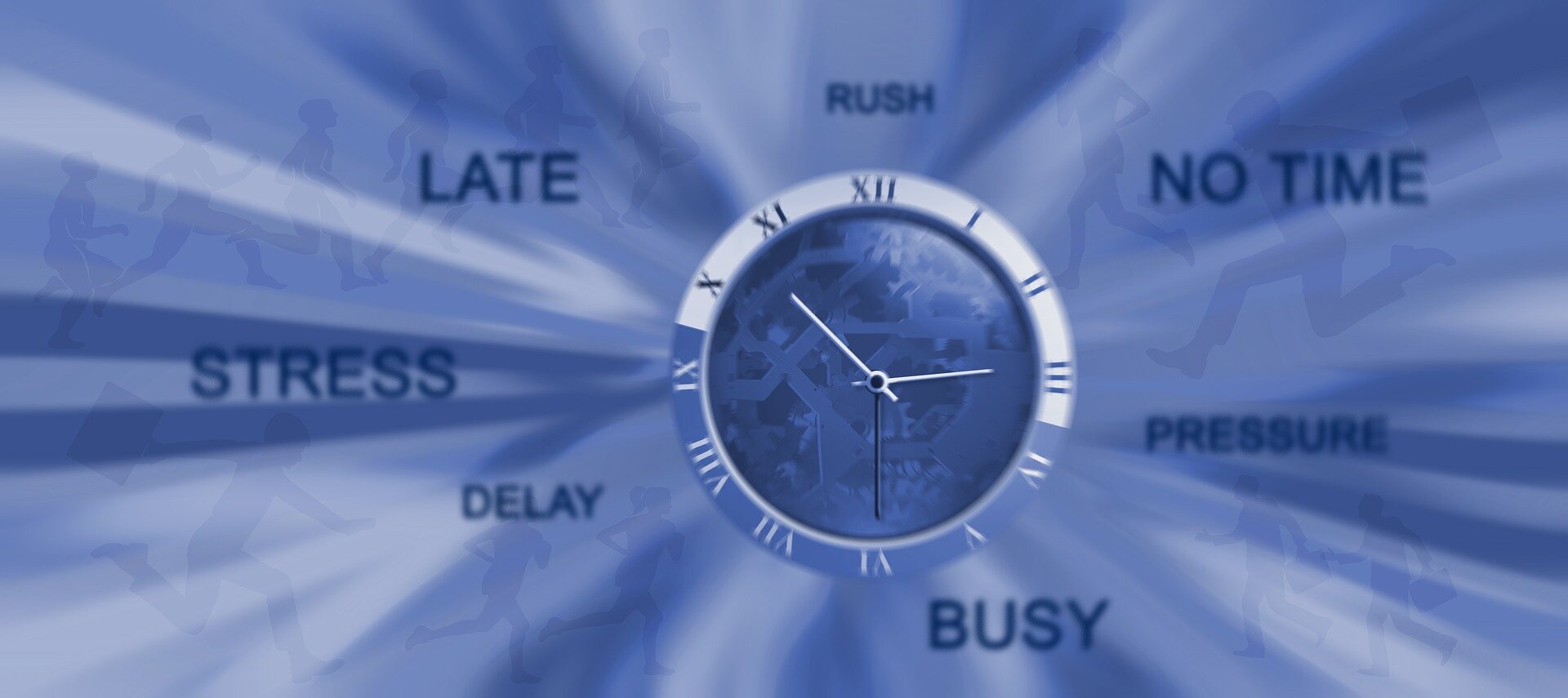Influence
/One of the greatest sources of stress for people is confusing the line between control and influence. If I feel like I have some control over your actions and you behave differently to my expectations, I'll experience frustration and stress. Like a driver who rants at the drivers around them in traffic. They expect people will drive differently, and their rant will make a difference. When it doesn't, they get even more cranky. I understand, and I'm not immune, especially in merging lanes (really Perth how hard is it?) however such rants are ineffective and stressful ways to influence.
We have a choice to influence or not. One way to reduce stress is to limit the amount of people and situations you choose to influence. Pick the ones that are worthwhile and important.
Be aware that the outcome is not in your control. When we exert influence the result may be different than what we expect. Be as clear as possible about the outcome and then hold the expectation lightly for less stress.
If you choose to influence someone, choose the best tactics. Is it a casual conversation? Maybe it's better to involve someone else and influence indirectly. Should it be formal? How much force or incentive is available and what are the long term consequences of those? Is it a one off, like asking someone to move their trolley so you can get past, or one of many with someone close to you? Can you add value to them in some way? Pick the best tactics for the situation.
Next week we'll look at the difference between manipulation and influence.
More from Mike
Subscribe to Mike’s weekly Unshakable Newsletter here.
Download a 1-page resource on the power of gratitude in Unshakable teams here.
Buy a copy of Mike’s book “Thrive and Adapt” here, or sign in for a complimentary PDF copy
Contact Mike to discuss organisation wide Well-being and Resilience programs that create Unshakable teams:
+61 423 193 196
























